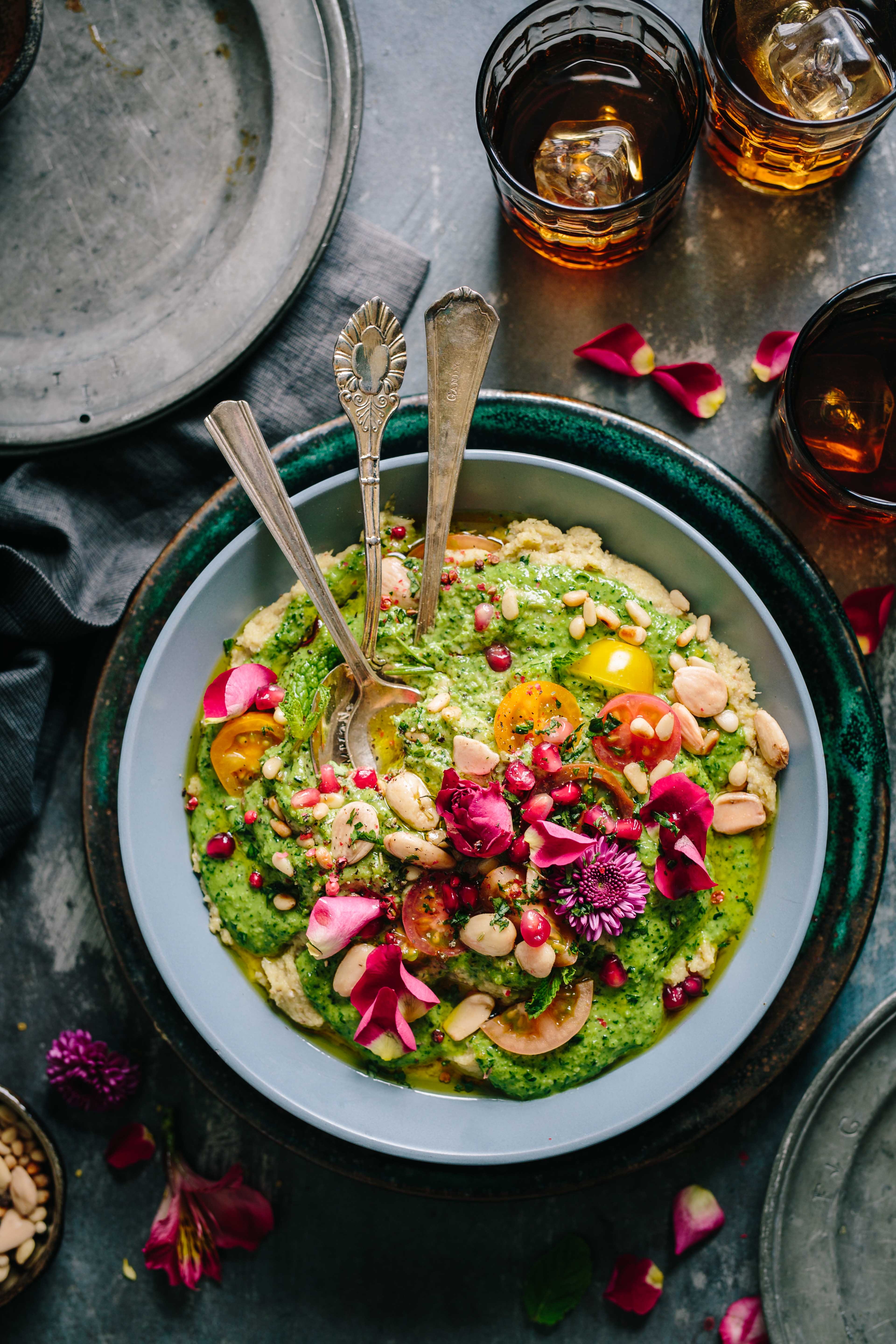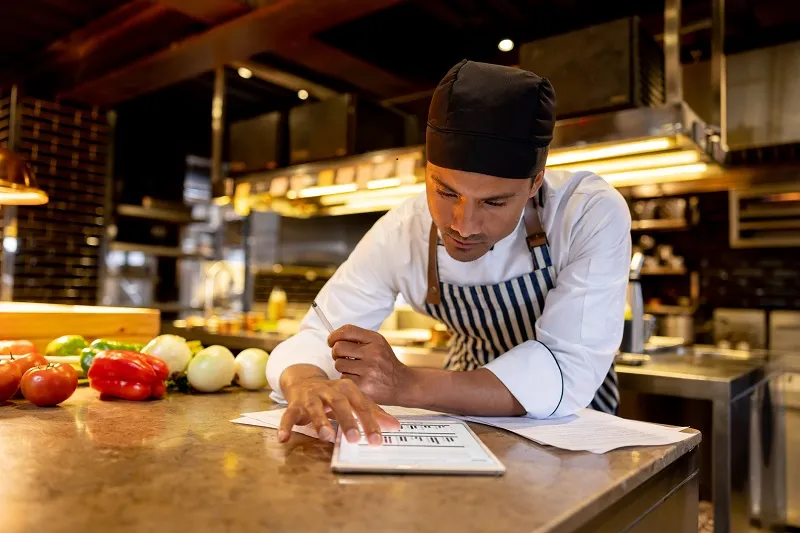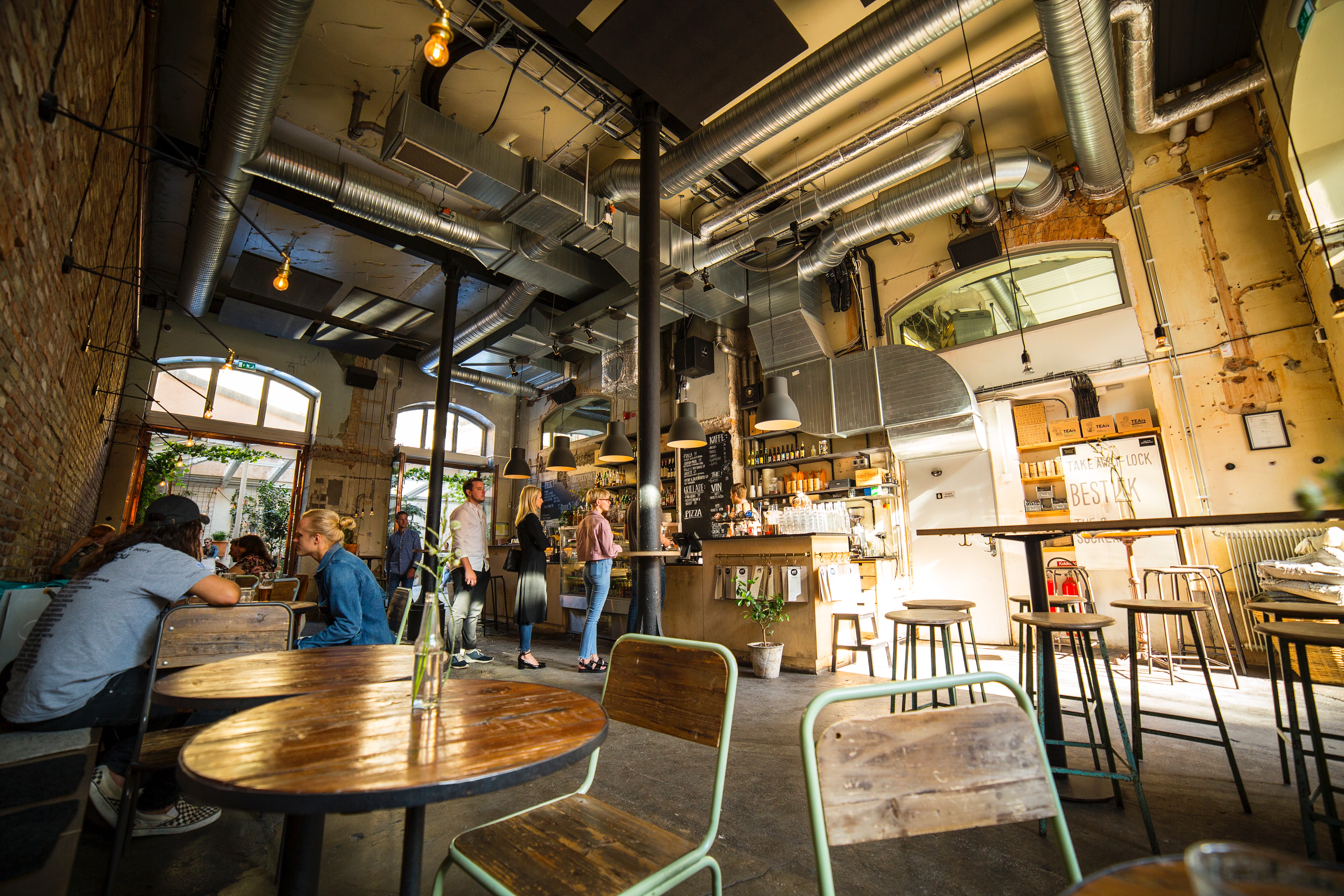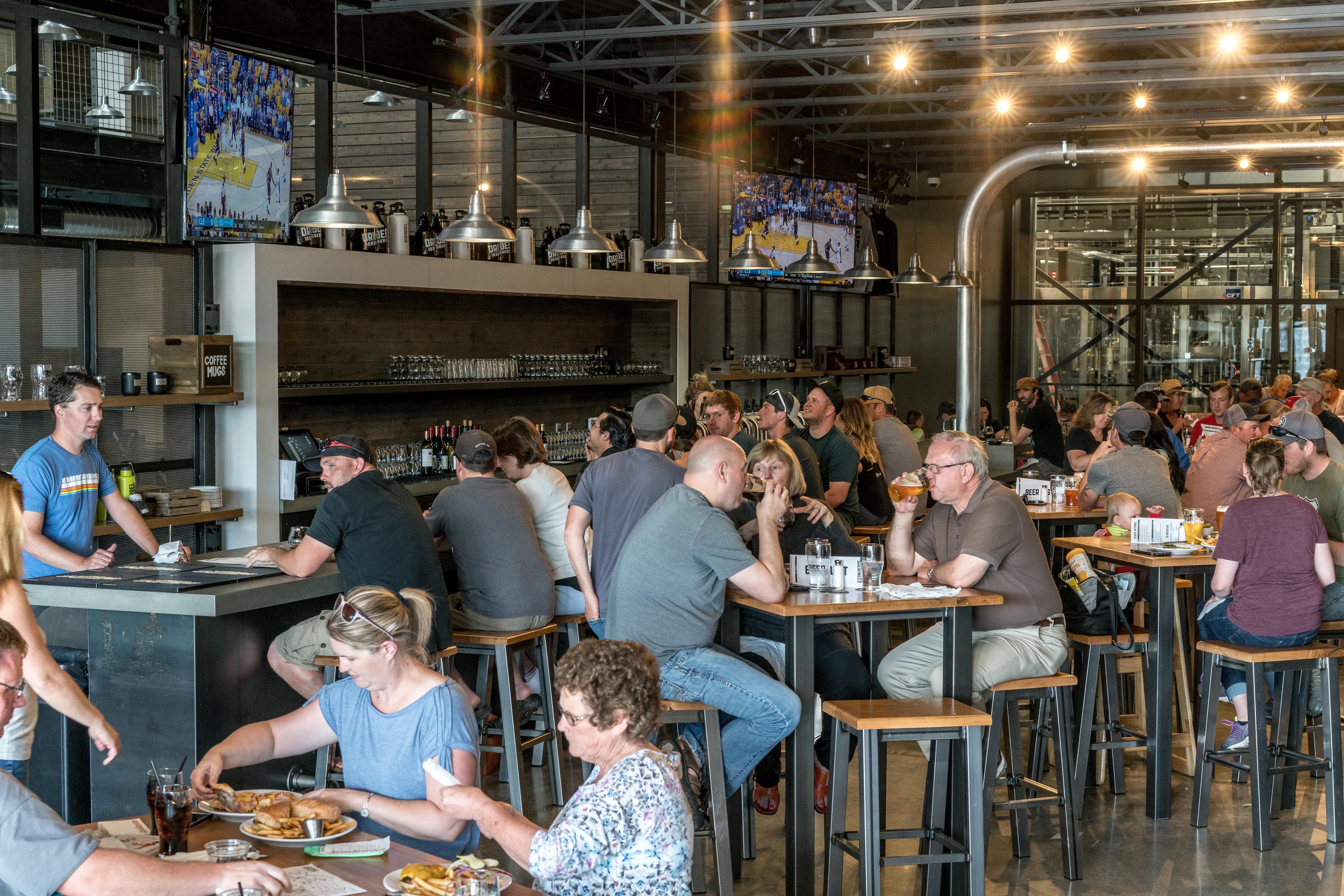
Having an awesome recipe won’t mean much if you don’t have the right pricing to go along with it. Whether you’re working on a new twist to a classic dish, or coming up with a brand new creation, recipe building is an essential part of running a restaurant.
An equally important part of recipe building is recipe costing, a practice that gives you the information you need to make critical decisions about your menu pricing and inventory.
Healthy recipe costing can mean the difference between profitability and closing the doors.

What is Recipe Costing
Recipe costing is a detailed process used by restaurants to determine the individual cost of each ingredient used for a specific dish. The added cost of each ingredient used will equal the total cost for a dish. When you know the exact cost of making each menu item, you’ll be better able to effectively price your menu items.
Recipe costing involves calculating the total expense incurred for all the ingredients used in a recipe, including additional factors such as labor, overhead, packaging, and loss.
Here’s an initial breakdown of the key steps involved in recipe costing:
Ingredient Costs:
-
List Ingredients: Identify all the ingredients required for the recipe.
-
Determine Quantity: Specify the amount of each ingredient used.
-
Unit Cost: Find the cost of each ingredient per unit (e.g., per pound, per ounce).
-
Calculate Total Ingredient Cost: Multiply the quantity of each ingredient by its unit cost.
Labor Costs:
-
Direct Labor: Include the cost of the time chefs and kitchen staff spend preparing the dish.
-
Indirect Labor: Account for other staff involved indirectly in the process such as cleaning and prep work.
Overhead Costs:
-
Include a portion of the general operational costs of running the kitchen, such as utilities, rent, equipment depreciation, and maintenance.
Waste and Loss:
-
Factor in potential waste or loss during preparation, cooking, and serving due to trimming, spoilage, or overproduction.
Packaging and Serving Costs:
-
Include costs for delivery packaging materials or serving items like plates, utensils, and napkins.
Other Factors:
-
Elements like garnishes, condiments, and sides that accompany the main dish.

How to Calculate Recipe Costing:
Create a Recipe Sheet:
Use a spreadsheet to document each ingredient, including its quantity in the recipe.
Determine Cost Per Ingredient:
Calculate the cost of each ingredient based on its quantity in the recipe.
Sum of Ingredient Costs:
Add up the cost of all ingredients to get the total ingredient cost.
Add Labor Costs:
Estimate the labor time required and multiply by the hourly wage to get the total labor cost for the recipe.
Add Overhead Costs:
Allocate a portion of your overhead costs to the recipe.
Account for Waste and Loss:
Include a percentage to cover potential waste and loss.
Total Recipe Cost:
Sum up all the costs to find the total recipe cost.

Example Calculation for a Simple Pasta Dish:
Ingredients:
-
Pasta: 200g at $1 per 500g = $0.40
-
Tomato Sauce: 150ml at $2 per liter = $0.30
-
Garlic: 10g at $0.05 per gram = $0.50
-
Olive Oil: 30ml at $10 per liter = $0.30
Labor:
-
Preparation time: 15 minutes at $15/hour = $3.75
Overhead:
-
Allocated overhead per dish: $1.00
Waste and Loss:
-
Estimated at 5% of ingredient costs: $0.07
Total Recipe Cost:
-
Ingredients: $1.50
-
Labor: $3.75
-
Overhead: $1.00
-
Waste: $0.07
-
Total: $6.32
By using recipe costing, restaurants can set appropriate menu prices to ensure profitability, control food costs, and manage budgets effectively.

Why Recipe Costing is Important
Running a successful restaurant isn’t just about the quality of the food. It’s also about controlling margins, inventory, and costs. In an industry where products can spoil and markets become easily saturated, keeping tight control over costs is essential for your restaurant to reach profitability.
Precise recipe costing gives you more control over your inventory and how much you’re spending to create your menu.
Recipe Costing Formulas
When diving into your recipes and food costs, you need to first know your food cost percentage, the measure of the relationship between the cost of ingredients and revenue.
Food cost percentage varies from restaurant to restaurant, depending on factors like the cost of ingredients, location, and how the dishes are priced. Most restaurants aim for a food cost percentage between 28-35%. The main goal is to keep your food cost percentage low to ensure higher margins, without sacrificing quality.
Use this formula to calculate your food cost percentage.
Food cost percentage formula:
(BEGINNING INVENTORY + PURCHASES) – ENDING INVENTORY
___________________
TOTAL FOOD SALES

Lowering Food Cost Percentage
One way to increase margins is to lower your food cost percentage. This can be done in one or more of the following ways:
-
Raise Your Prices
Raising your prices is one way to continue using your existing ingredients and quantities, without reducing quality. But, before raising your prices, you need to analyze what the market will bear. In other words, will your higher prices chase away customers? It’s a balancing act that requires careful examination.
-
Change Suppliers
Before raising prices and risking the loss of value customers, reducing costs can sometimes be as simple as finding new food suppliers and looking for ways to work around the food supply chain.
-
Reduce Portion Sizes
If increasing costs doesn’t work for your existing customer base, slightly reducing portion sizes or making simple tweaks that accommodate your existing price is another option.
-
Use Alternative Ingredients
While this option might affect your dish quality, it can be an alternative if you want to keep your dish size and price the same. Look at this as an opportunity to get creative with ingredients and find similar ones that won’t affect the quality of the dish, but will lower the cost to make it.
-
Automate Inventory
Sometimes all it takes to lower your food costs is having the right tools. Automation software that links data to your inventory and sales can show you ways to reduce food waste and lower costs.

Calculating Ideal Menu Price
While there are many ways to calculate your ideal price, using your ideal food cost percentage is an effective way to find a price that keeps your food cost ratio low.
Using your ideal food cost percentage, use the following formula to get your ideal price.
COST PER SERVING
____________________
IDEAL FOOD COST PERCENTAGE
If it costs $3.60 to make a dish and you’re aiming to keep your food cost ratio low at 28%, your calculation would be as follows:
3.60 / .28 = 12.86
Your ideal menu price would be $12.86. This price would keep your food cost percentage at your goal of 28%. If you’re looking to lower your existing percentage, this formula will show you how much you need to raise your prices to get your desired percentage.

Recipe Costing to Protect Profits During Economic Uncertainty
Restaurant recipe costing is essential for helping operators mitigate ongoing food inflation and set a successful course during economic uncertainty. Even in the best economic times, however, recipe costing is a valuable, gross profit-enhancing tool.
Consistent recipe costing can help manage food inventory and set effective menu prices. It’s an effective practice for restaurants looking to be more intentional about their profitability.

Recipe Costing to Optimize Menu Engineering Practices
Ongoing restaurant management challenges have inspired many restaurant operators to consider multiple menu changes.
Here are a few examples of how recipe costing can help operators encourage more profitable food sales and take control of their cost of goods sold.

Menu engineering
Menu engineering is a systematic framework restaurant operators can use to evaluate and optimize restaurant menu prices.
It’s a tool that can assist with menu aesthetics and brand design, strategic placement of menu items, and optimized gross profit based on menu prices and ideal food costs and actual food costs.
However, menu engineering falls flat without understanding the plate costs for each menu item. Plate cost calculations require all the individual recipe costs for every portion size that’s in the dish. This is where recipe costing comes into play.
Related post: Step-by-Step Menu Engineering for Restaurant Delivery with FREE Downloadable Worksheet

Minimum Viable Menu
Scaling menus down to just the most popular and profitable menu items, known as a minimum variable menu, is one form of menu engineering that enables restaurant operators to provide popular items that drive profits at lower than average customers and revenue.
A minimum viable menu is a condensed menu that’s designed to satisfy and delight customers while protecting profitability with ideal food costs.
An MVM can help restaurant businesses reduce the overall ingredients required to sustain the business, helping shrink beginning and ending inventory.
Related post: How to Cook Up a Minimal Viable Menu that Delivers

Optimize Your Online Menu
Once you’ve done the work and come up with a strategic MVM, the next step is to translate all that work into a digitally-optimized menu that captures your customers’ attention and boosts sales.
Visitors to your website are likely to order the first items that capture their attention so it’s critical that your menu is designed so the items you most want to sell can be easily found by your guests.
Related post: Reimagining Your Online Menu

Take Away
Proper menu pricing can mean the difference between succeess and failure. Recipe costing gives you the information you need to make critical decisions about your menu and inventory, allowing you to protect profits and run a successful business.

By Eileen Strauss
